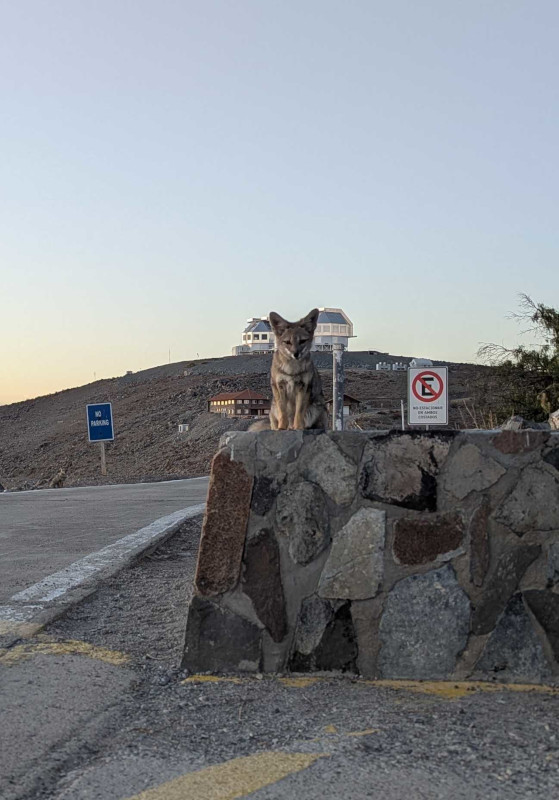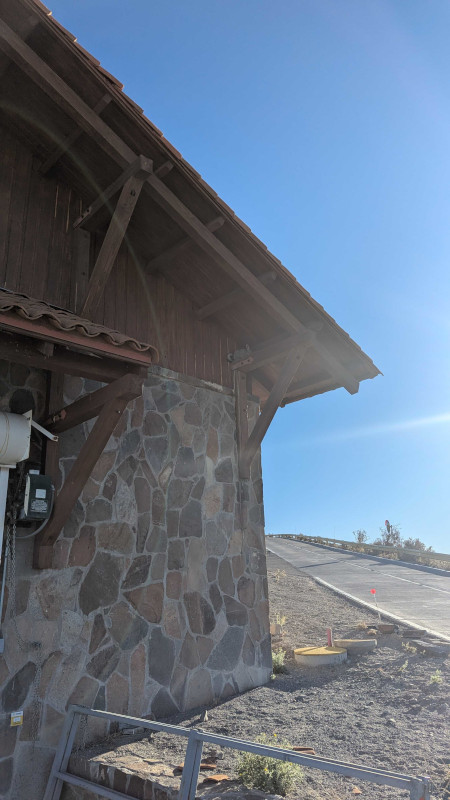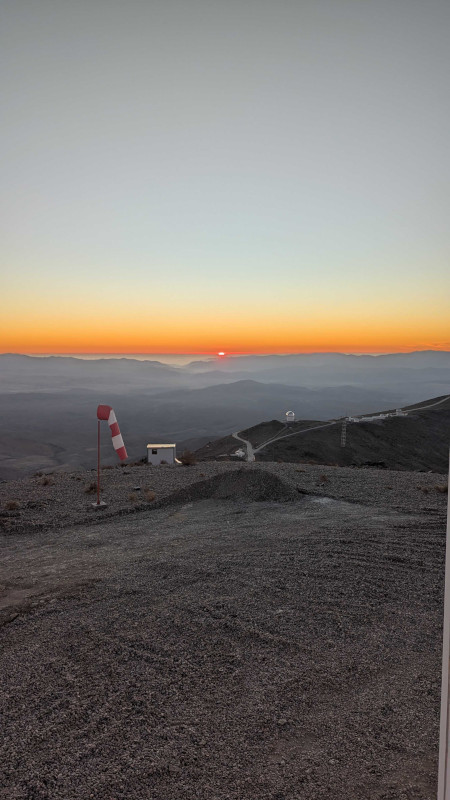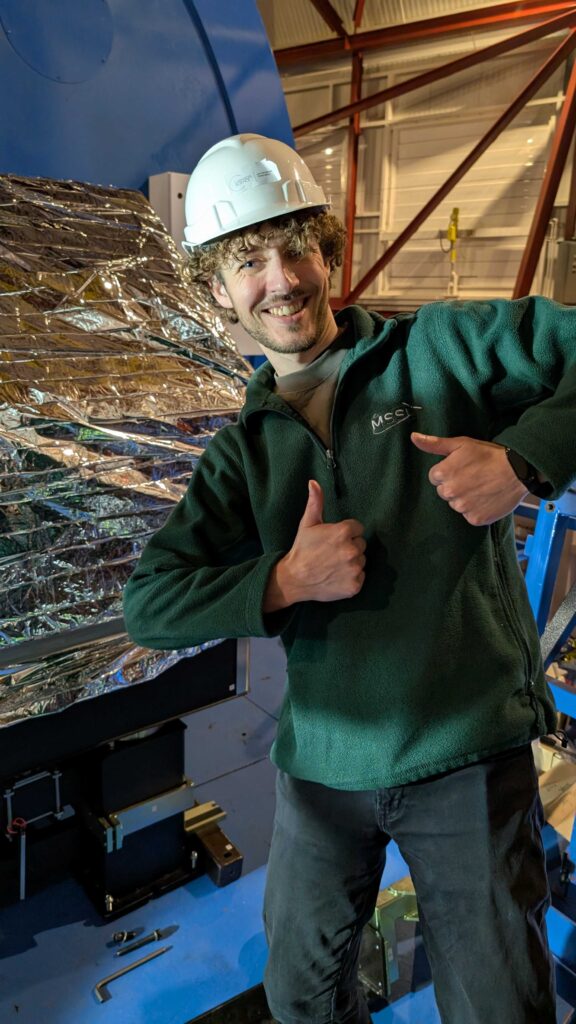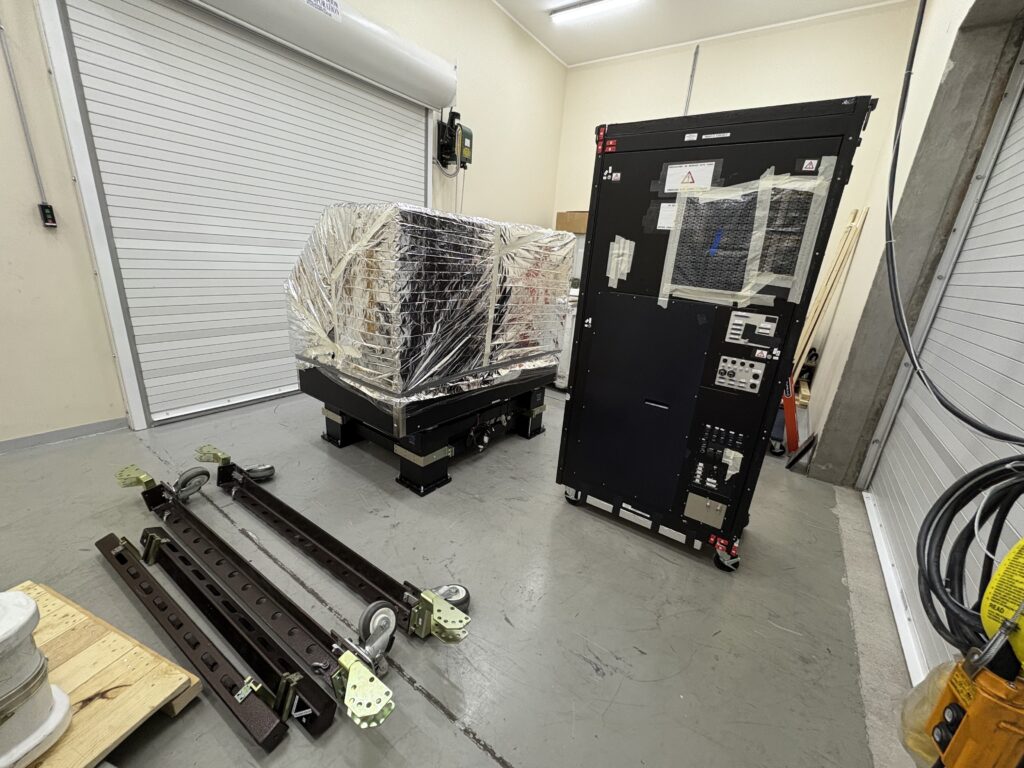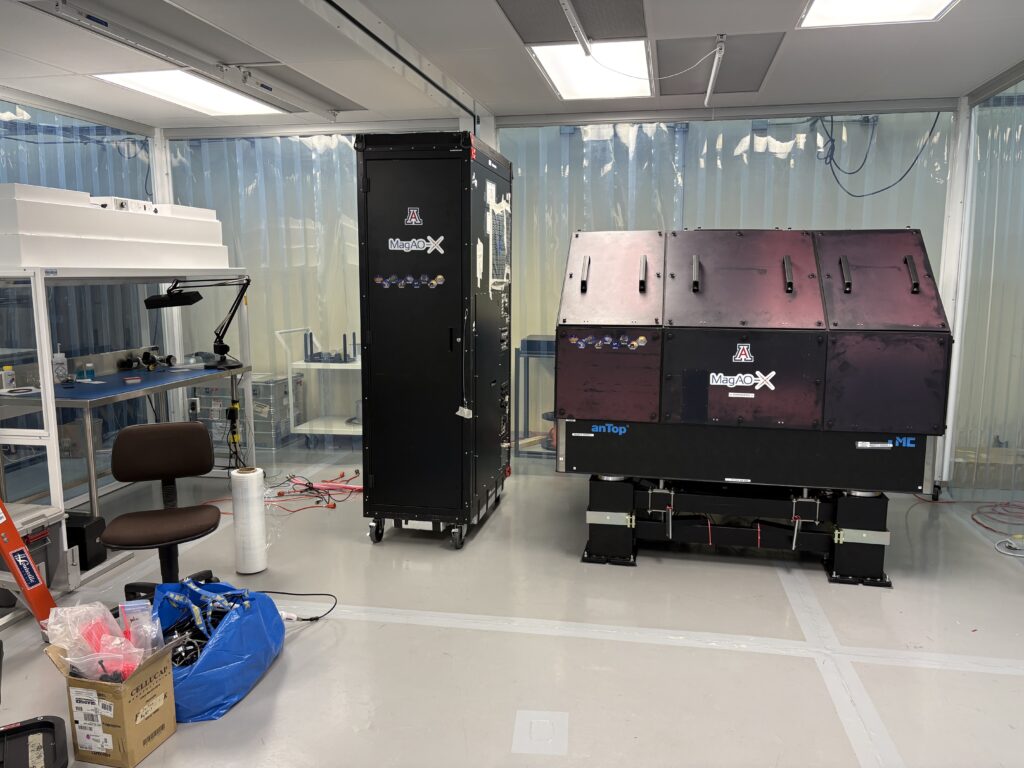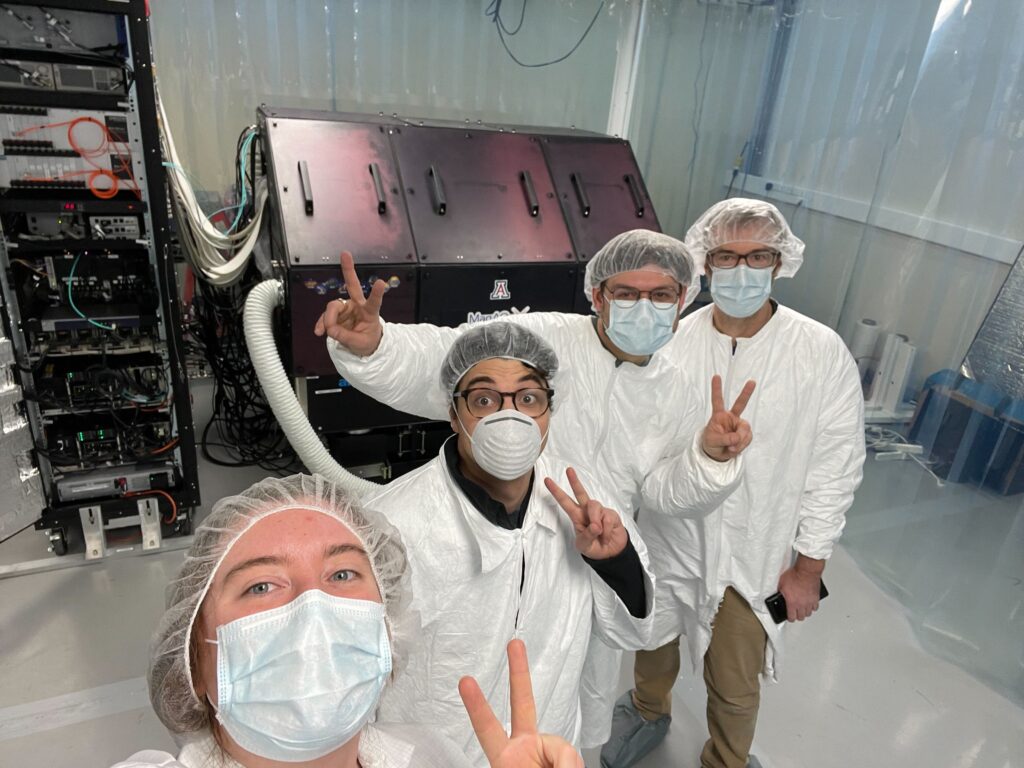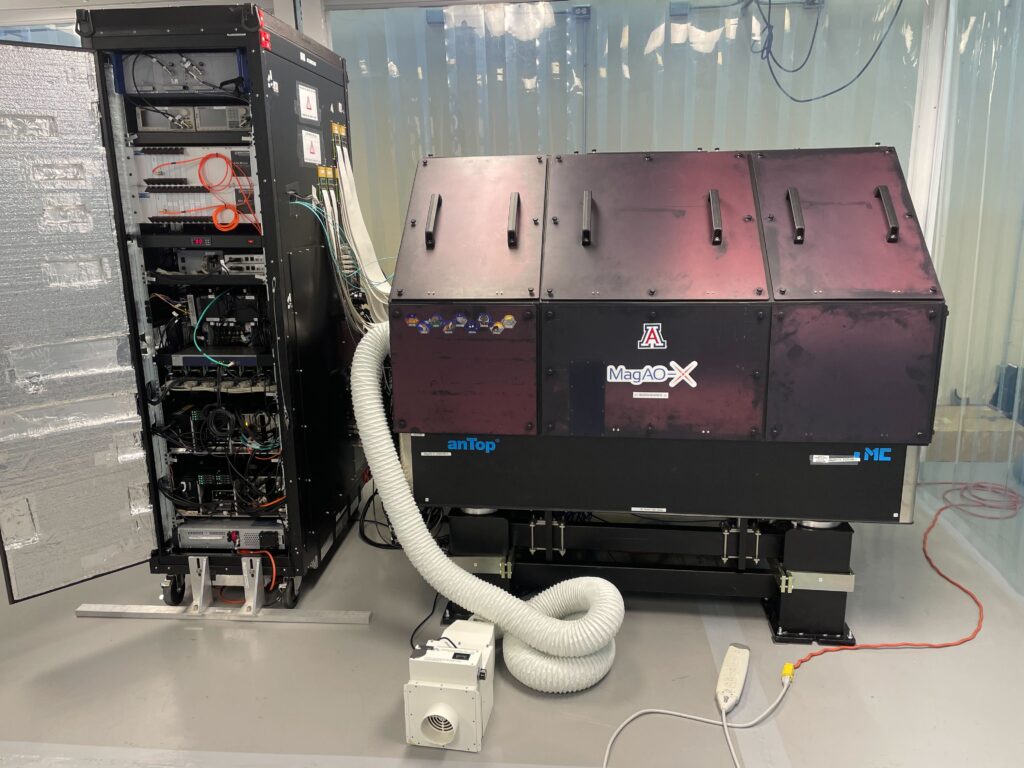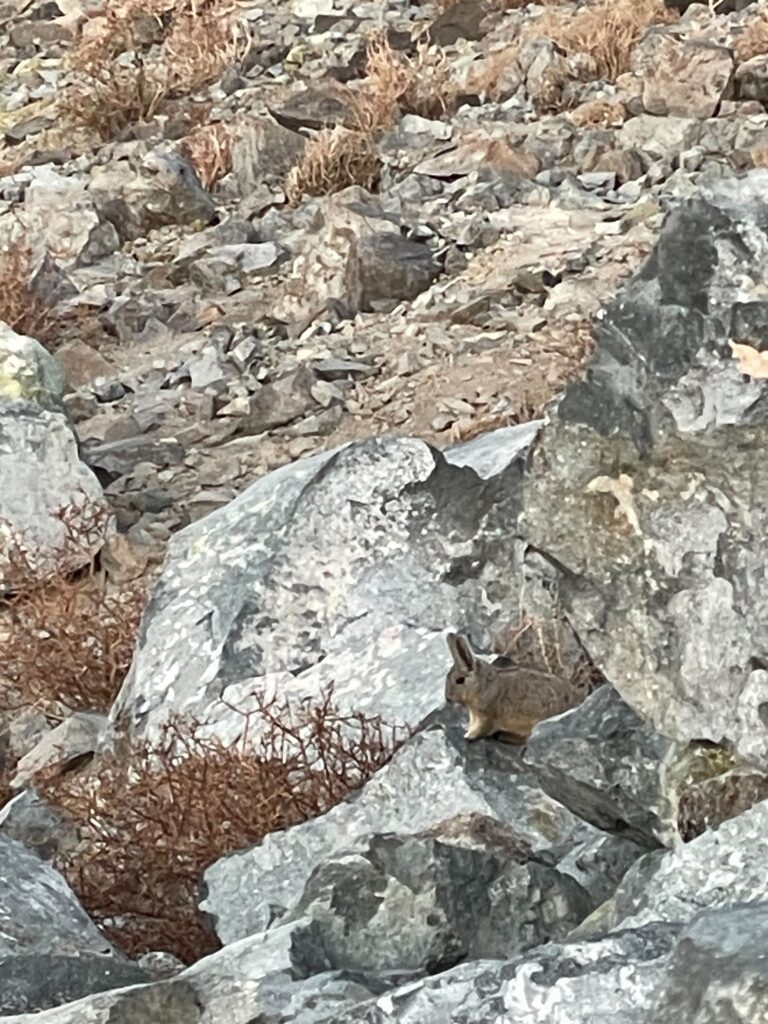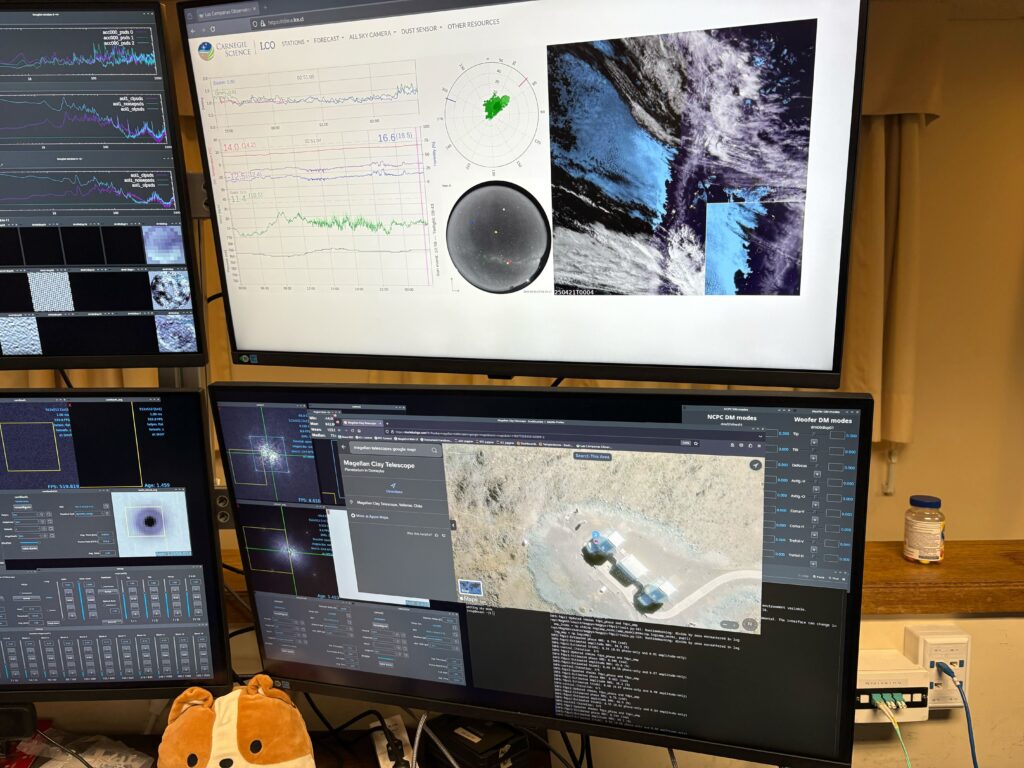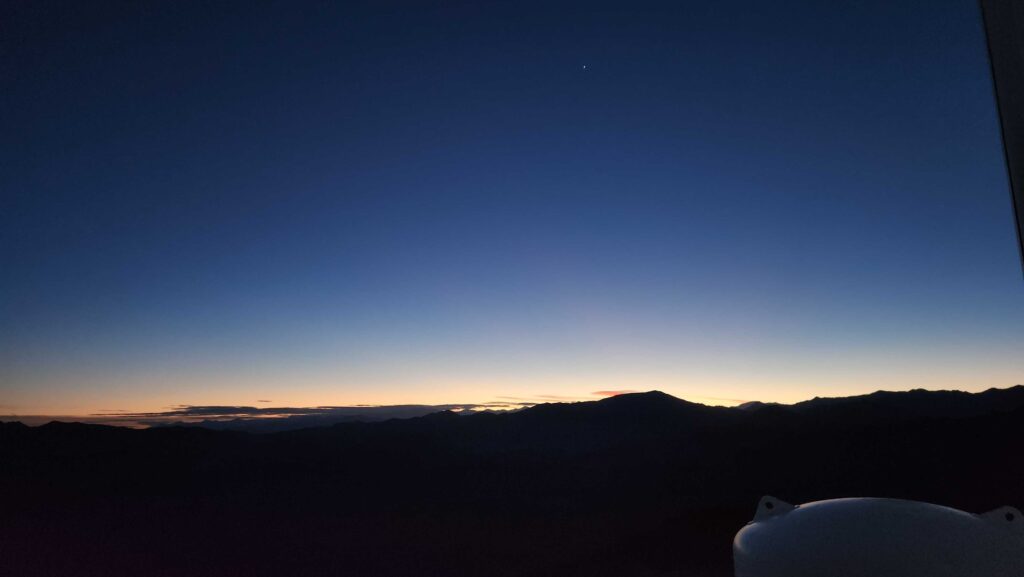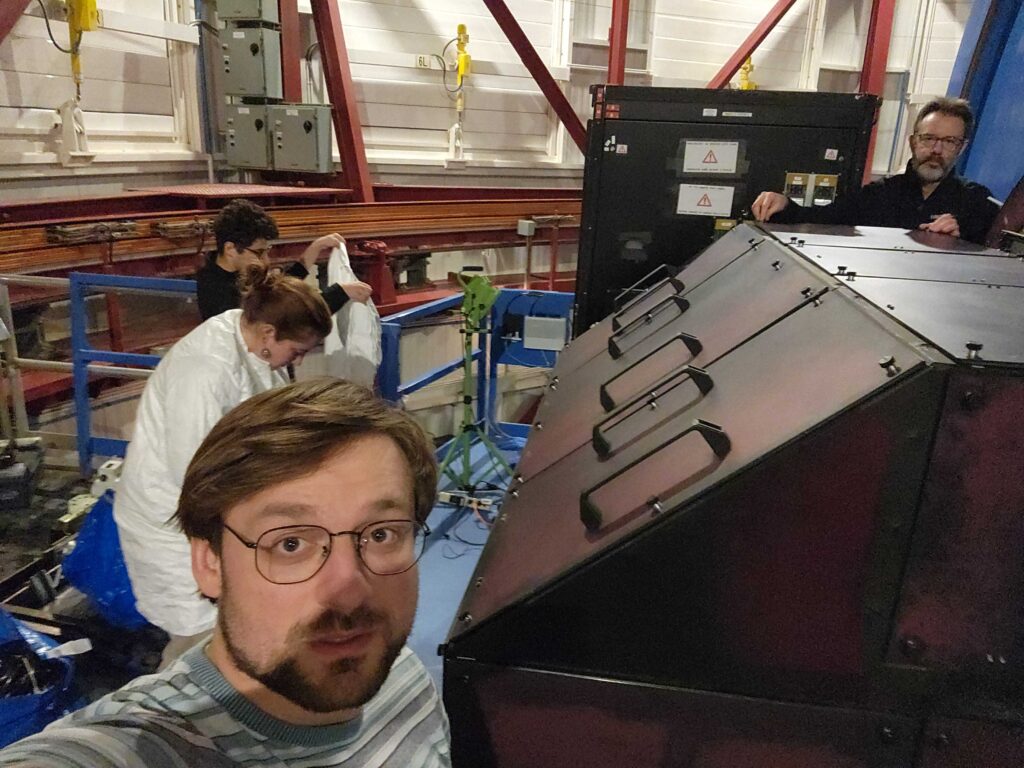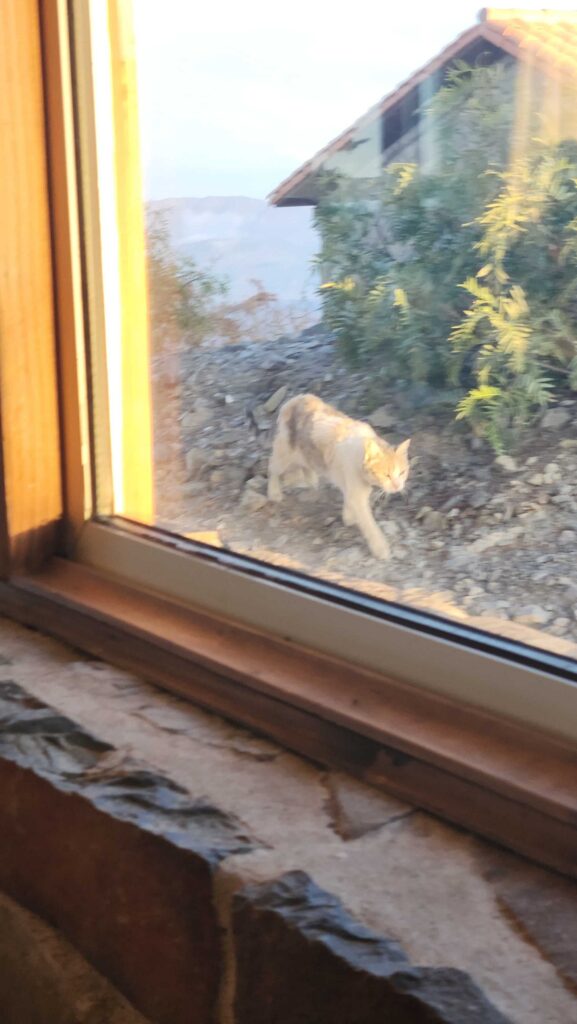Majority of the MagAO-X team traveled to DC in 2023 for the GMT community science meeting , so this is the second time the (partial) MagAO-X team has assembled in Washington. But this time, it’s focus on all sciences done with the not-so-giant Magellan Baade and Clay telescopes.
David Osip, the LCO Associate Director, gave the first talk of the day, which was an overview on the state of the observatory. As someone who miss out on the 2025A observing run, I got a bit emotional (just a very…small…bit), when some familiar faces showed up on the screen.


Of source, MagAO-X has made an appearance within the overview talk despite not being included in the Magellan instruments FOV slide. And the rest of the morning was filled with IFU instrument talks.


During luncheon social, Jay has found a familiar face here at the conference, Marcelo. To us who attended this conference in person, Marcelo is the one who gave a non-IFU talk earlier this morning. To those who are back home in Tucson, you may know him as the person-Jay-ran-to-for-coffee-machine-support-in-Baade-during-2025A-run. Marcelo showed us the face of Magellan, which now none of us can unsee.

All the major events happen after lunch. Logan was the first to be behind the podium and she took it away with the results of her Pup Search. Soon after her talk, Logan also presented a poster on her work on imaging planet with reflected light.


Oh, Logan didn’t just stop here. She also was the chair of third (!!!) spectroscopy session of the day and the second half of the imaging session, where Jay and I presented our work.
I started the second half of the imaging session with some protoplanets.
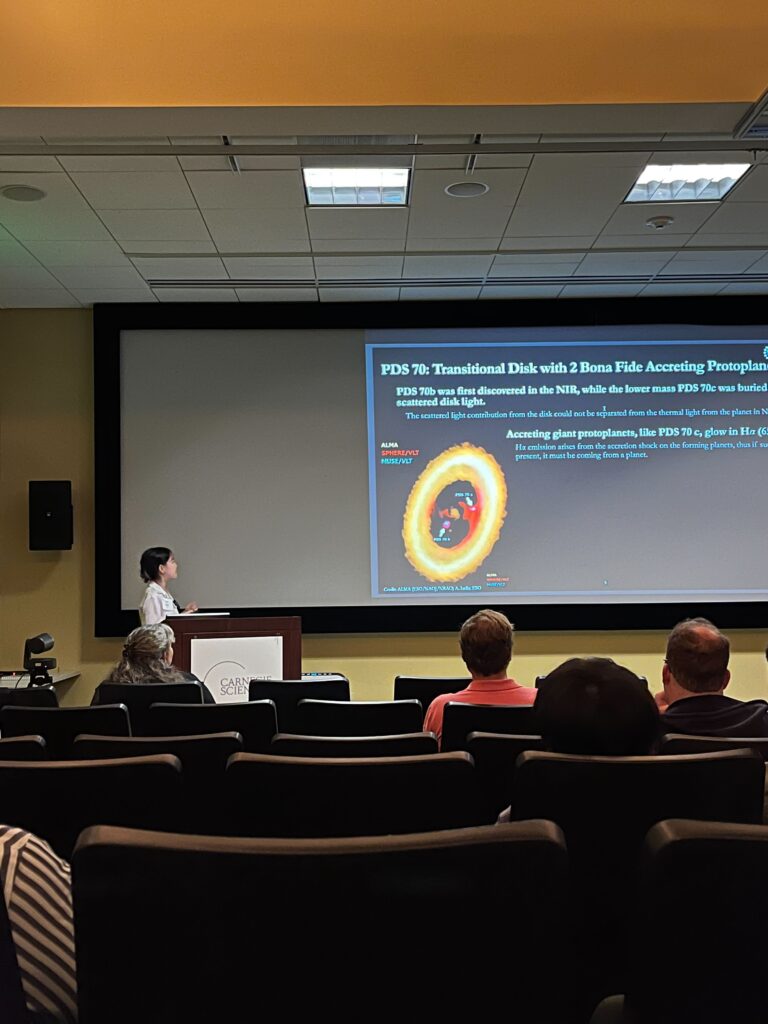
And the microphone was immediately handed off to Jay for some debris disks.
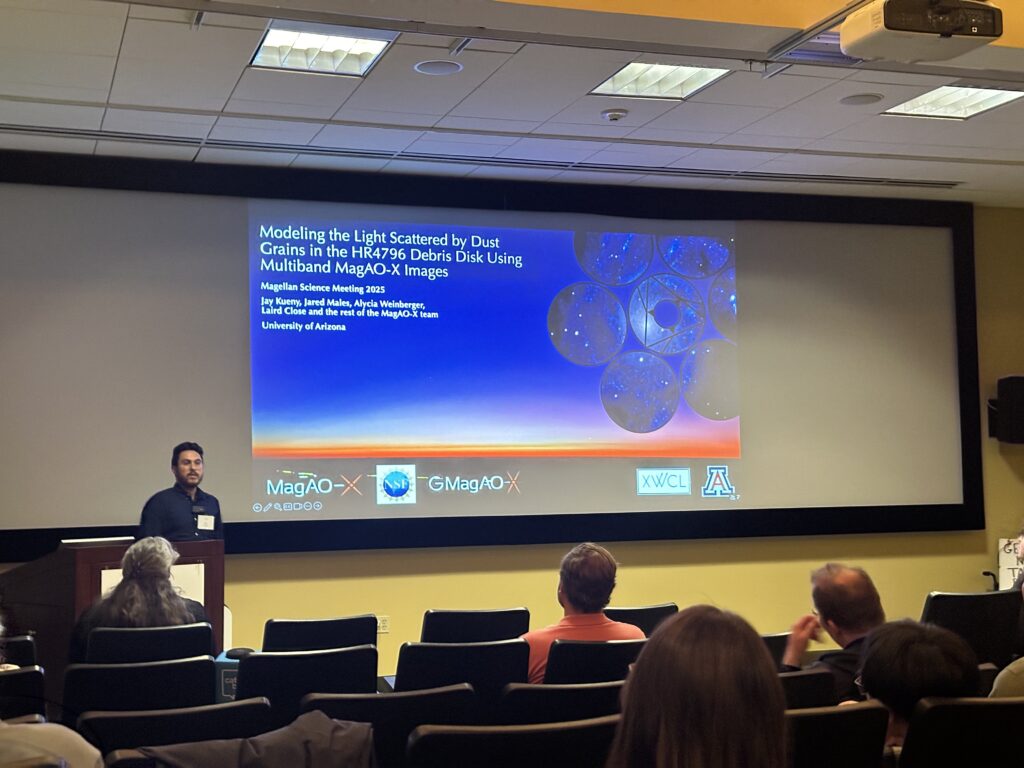
The rest of the afternoon was filled with talks on objects with non-negligible redshift (what even is that???).
After all the talks, we snap a quick group selfie before attending Alycia’s tour of the EPL campus.

We started the tour off in the Greenewalt building where the conference took place and got a introduction of the history of research done at Carnegie. The research span from project like The Carnegie, a ship that traveled the world to map the earth’s magnetism in the 1920s, to using radio telescopes to prove the prescence of the Earth’s iononsphere. Perhaps the one project that none of the conference attendees can ignore is the Atomic Physics Observatory (APO) located right outside the Greenewalt building. This “observatory” does not house any telescopes, but rather a Van de Graaff generator (designed by Van de Graaff himself) used for splitting the Uranium atom. And it is carefully disguised as an observatory to please the neighbors.
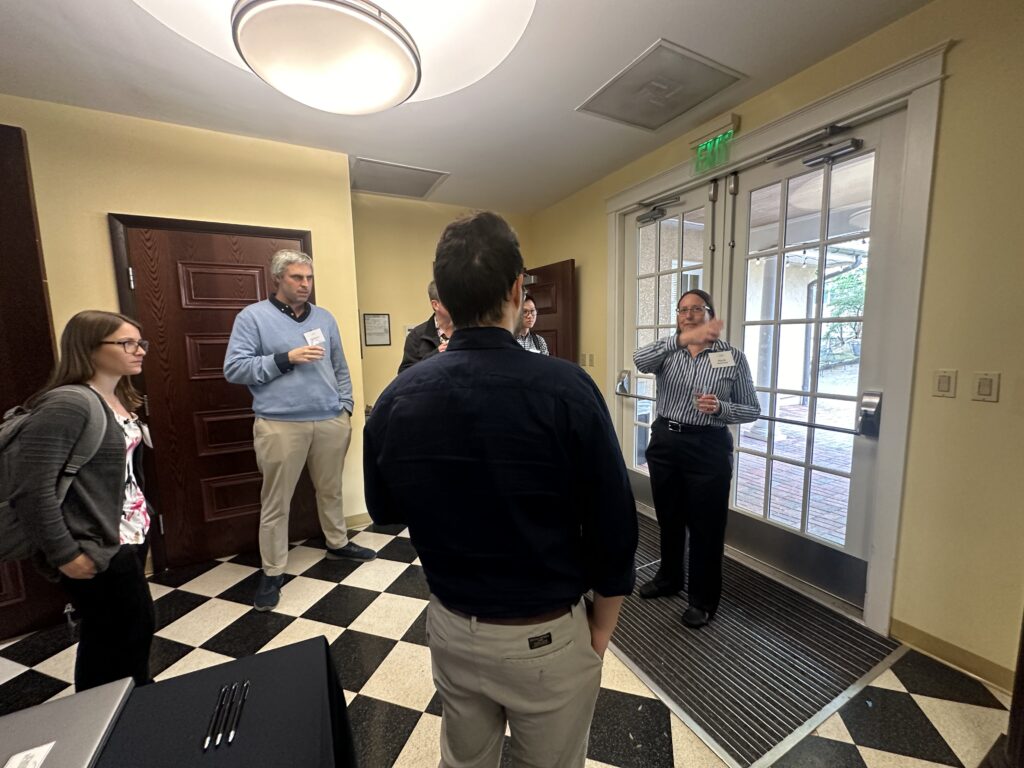
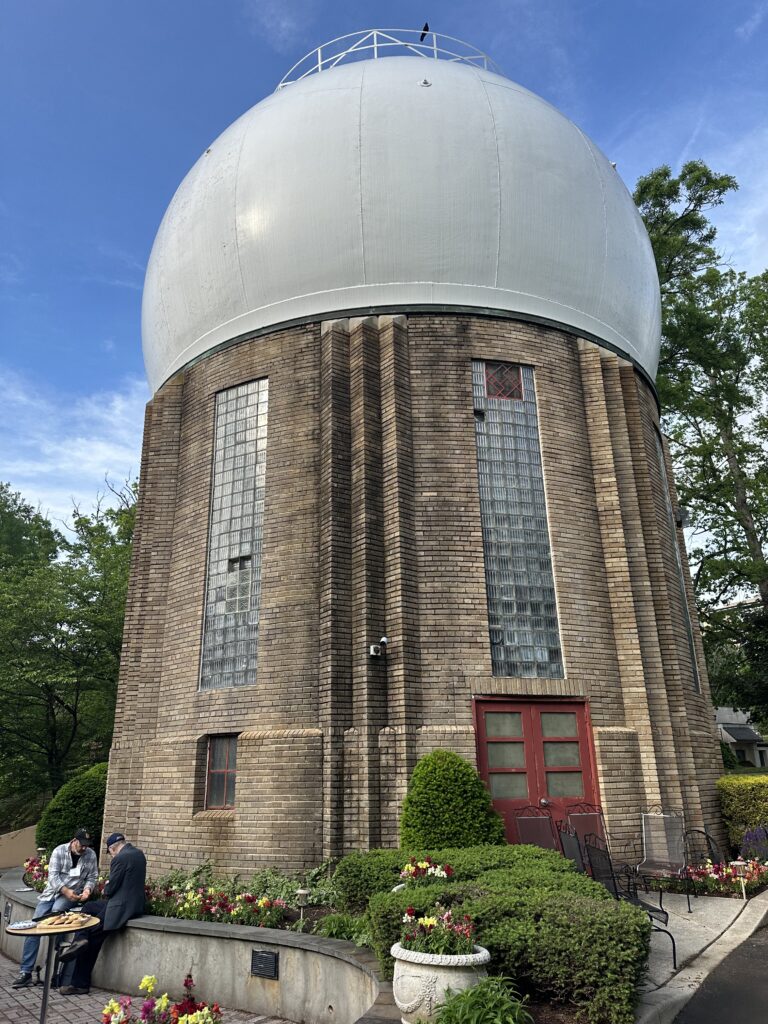
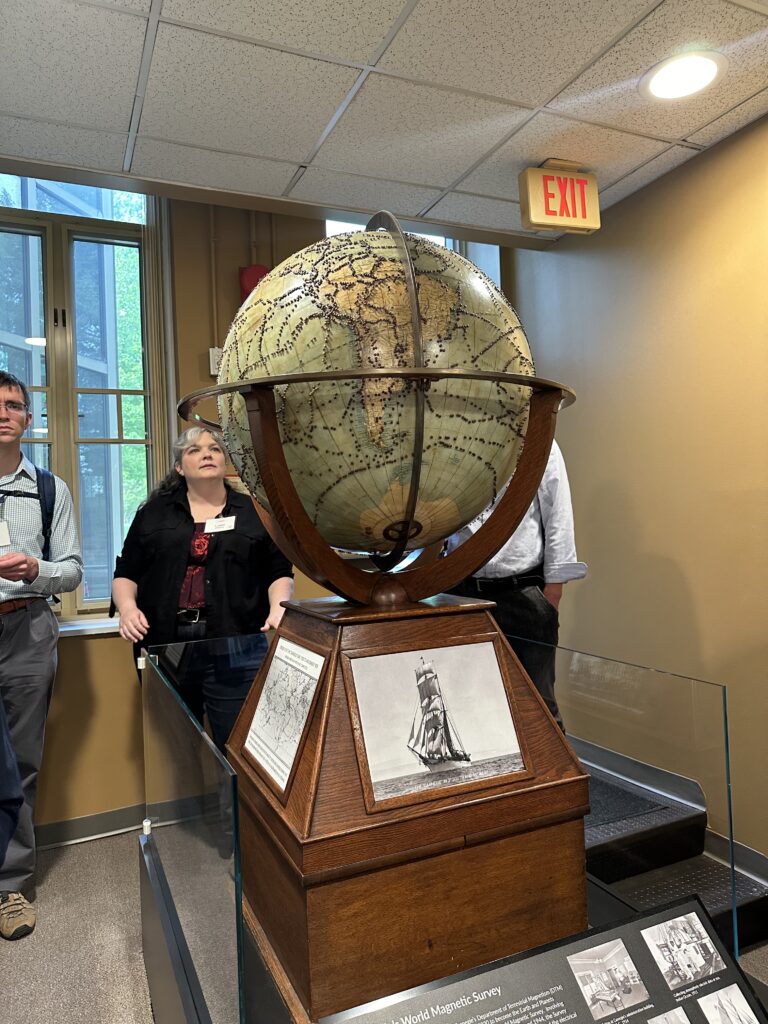



Jay and I got an additional tour of the research building, where Alycia’s office is located. We got to see a lot of the items used by Vera Rubin herself and visited one of Alycia’s colleague, Paul Butler, who was observing at Clay tonight. While crashing Paul’s observing run party, we “ran” into our guest blogger and TO, Carla!

The (partial) MagAO-X team and Dr. Daniel Lin, who is a collaborator of Alycia here at Carnegie, ended the night with some amazing greek food. Unfortunately, I do not have any photos during this social gathering as my phone battery was drained throughout the day for the creation and documentation of blog-tent.
Song of the Day
Already, thanks for reading my full documentation of Day 1 of the MSM, which is full of action. Now, I am ready to goodbye to editing this post and head straight to bed. So please enjoy this fantastic Good Bye.
